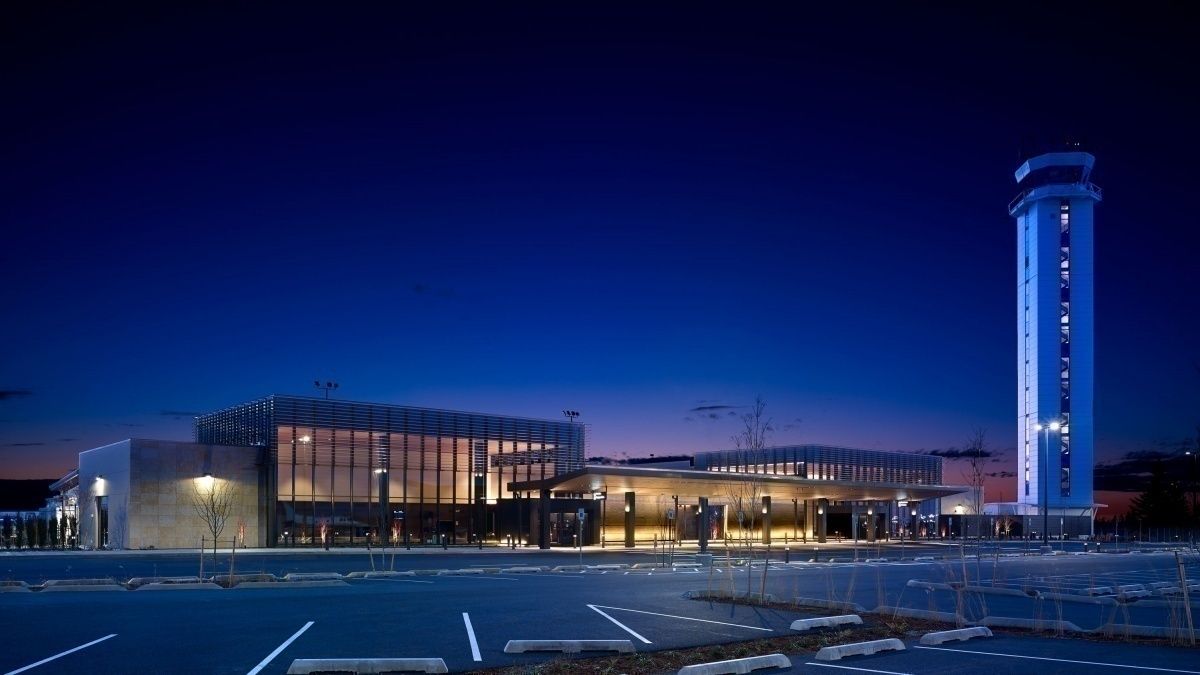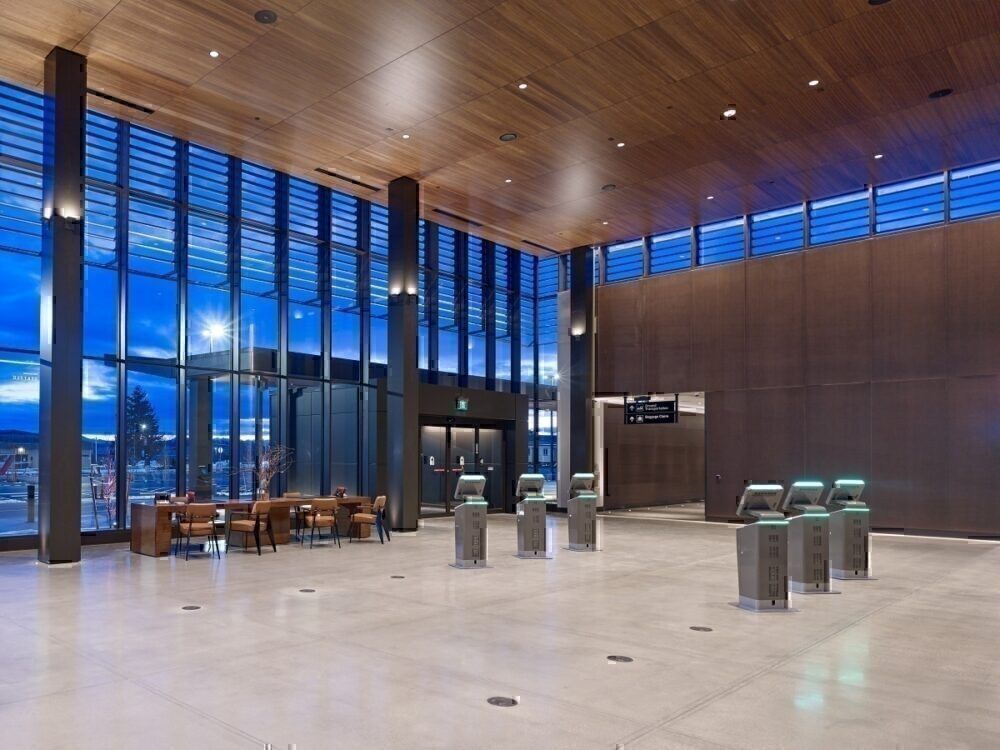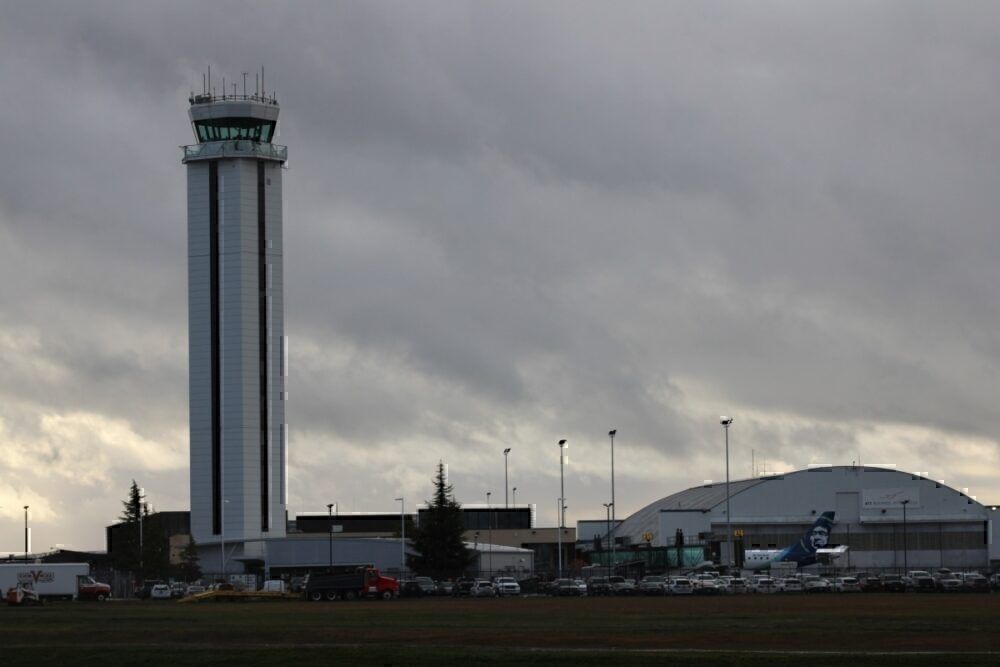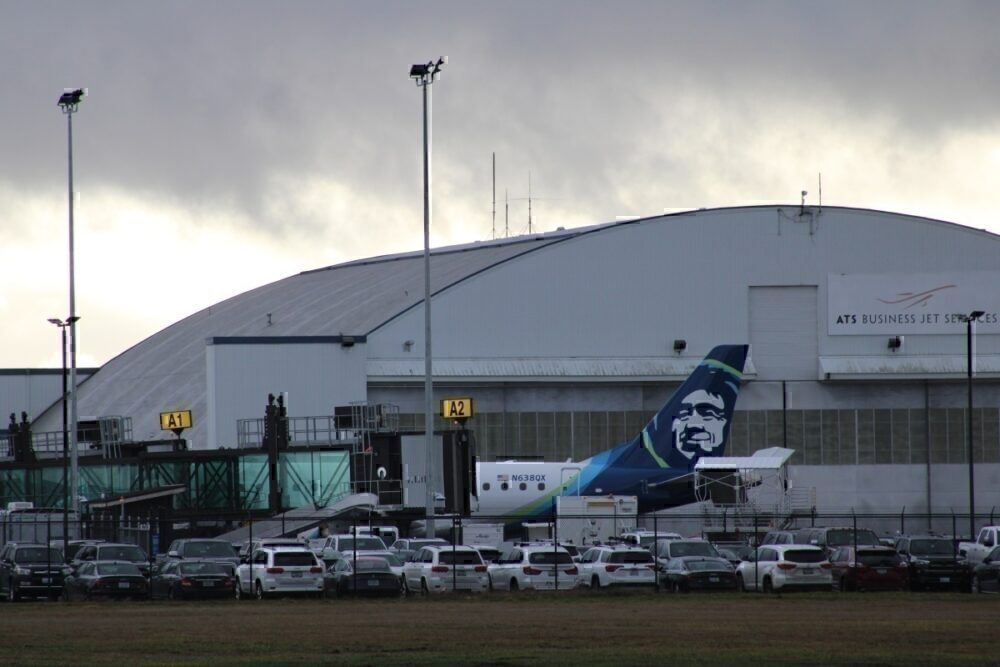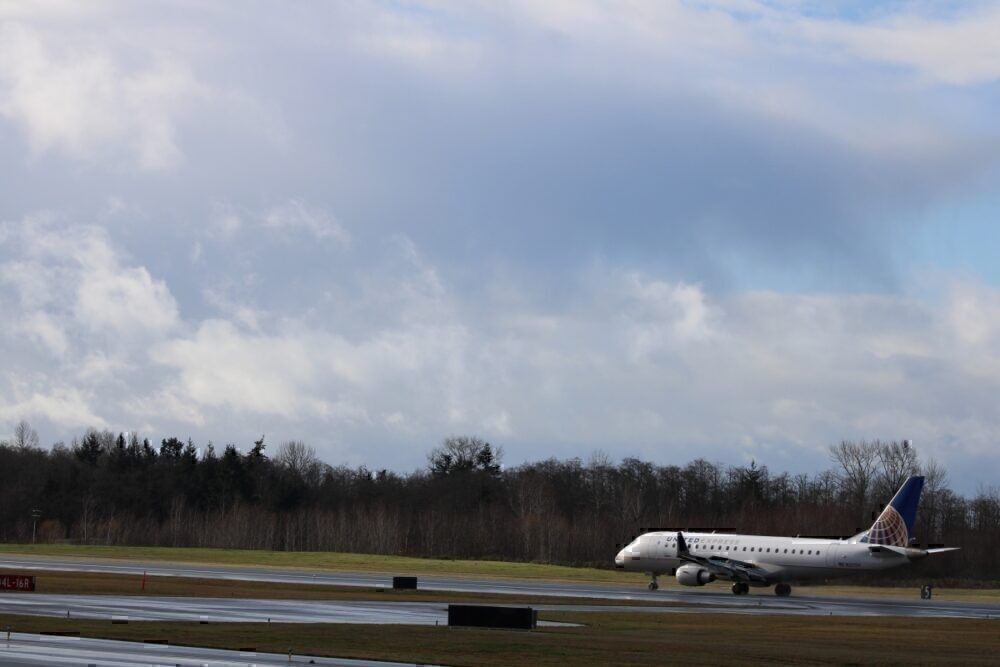Seattle's Paine Field (PAE) has implemented fever detection systems for passengers as of April 29th. The method is non-invasive and non-contact. Passengers will be screened prior to entering the security checkpoint.
Paine Field adds fever detection system
Athena Security has developed an Elevated Body Temperature Detection System that Propellor Airports, the operator of Paine Field, has installed in the stylish terminal just before the TSA checkpoint.
According to a press release, the system is non-invasive and no-touch. Passengers approach the system and are screened for a fever. If a person does have a fever, then the airport staff will conduct secondary health screening. If a passenger does have a fever, the airline and the passenger will determine if the person can travel.
This is the next step Paine Field is taking in order to ensure the health of passengers. Since March, the airport has also been using UV technology to disinfect the terminal. This includes areas with a number of touchpoints, such as the kiosks in the passenger check-in area.
Brett Smith, CEO of Propellor Airports, had the following comment:
"Since opening, we have been committed to staying on the forefront of trends and innovations to provide the best possible experience to our passengers, and we’re proud to be the first U.S. passenger terminal to roll out this type of technology. The use of this system will allow us to maintain the seamless, safe and modern travel experience our customers have come to expect."

The future of travel
This technology will likely stick around for a while– if not permanently. Airlines and airports are attempting to navigate this crisis and emerge stronger at the end of it. More passengers than before care about staying safe while flying– evident in new trends of shaming full flights and passengers not wearing masks.
So, airlines are turning to technology. Etihad Airways is testing out kiosks that monitor passengers' health before flights. Like this system in Seattle, it is also non-invasive. However, it does monitor some other vital signs like heart rate and respiratory rate.
Paine Field
The airport is known to be a significant Boeing center. Widebody aircraft, including the 787, are assembled in Everett. In fact, the 777X took its maiden flight from Paine Field. For avgeeks, there are some incredible planespotting opportunities at the airport. It is not every day you see a China Southern 777 taking off from a regional US airport.
Everett's Paine Field has only been in operation for about a year. The incredible airport is unlike any other commercial terminal in the world. It is incredibly stylish and offers a small, intimate passenger experience.
Only two major US airlines fly into Paine Field– Alaska Airlines and United Airlines. Both fly regional aircraft to the airport. Although, Alaska Airlines has more extensive operations at PAE than United.
Do you think Paine Field is making the right decision? Should more airports screen passengers for symptoms of an illness? Let us know in the comments!

